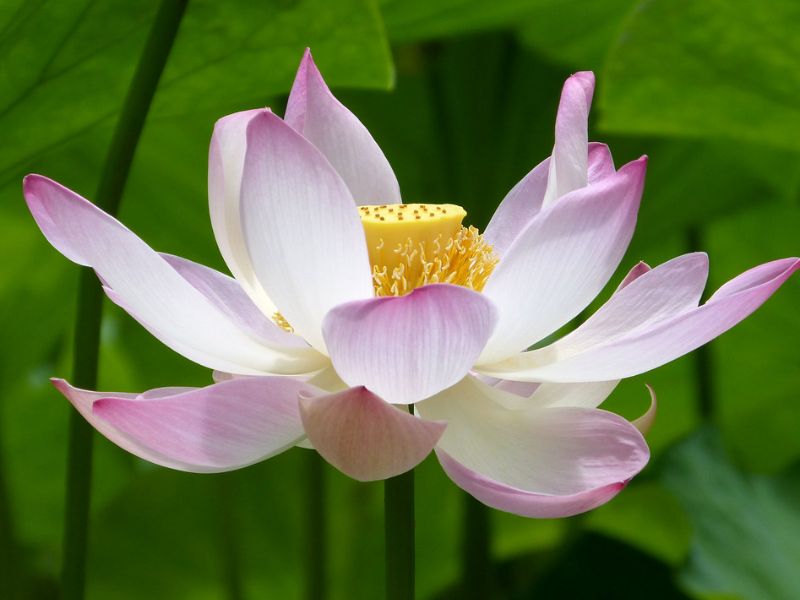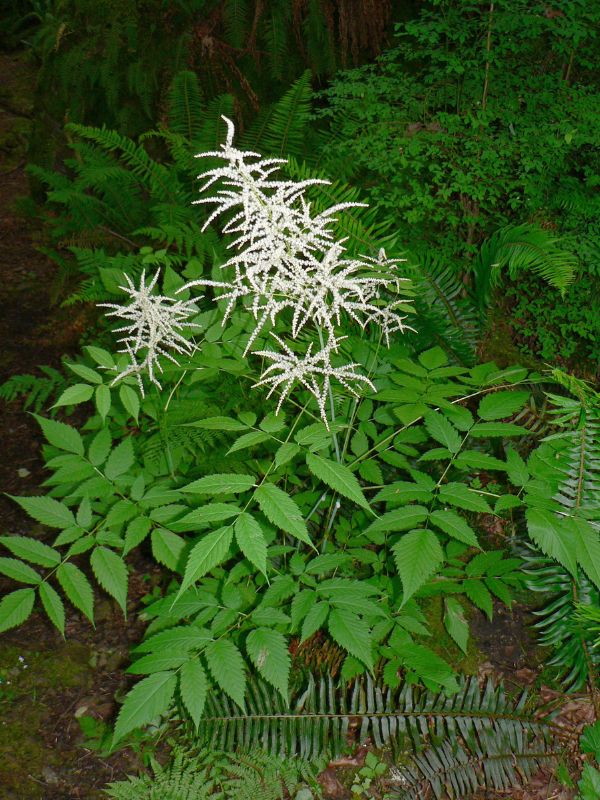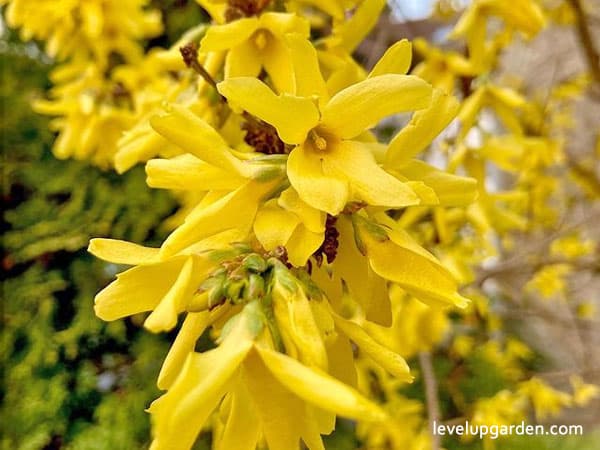Like its parent tree, the Oriental persimmon “Fuyu” is a beautiful, delicious, easy-to-grow variety that can be enjoyed year-round in the landscape. This deciduous tree produces the most widely sold fruit in supermarkets today and is the best known of the nucellate types. Oriental Persimmon is native to East Asia and India and grows in eastern North Carolina and Southern Piedmont, but cannot tolerate temperatures below 10 degrees Fahrenheit.

It grows best in loamy, well-drained soils with a pH of 6.0 to 6.5 and in full sun. But, it can grow in a variety of soils. The flowering occurs in mid-April, so it should not be affected by late frosts.
The persimmon tree is known to be the most widely grown tree. It bears young and yields a large crop. The slightly drooping branches give the tree a graceful appearance in the landscape.
The dark orange fruits are medium-sized ovals with a consistent sweet flavor. They are firm when ripe and last for over several weeks. They are non-shriveling, seedless, and heat tolerant. The fruits ripen in September and can be grafted or self-pollinated.
Persimmon Tree is great for your landscape, with spectacular fall foliage and a harvest that lasts through the end of fall. The fruits remain on the tree through the winter after the leaves fall, making it an attractive addition to the winter garden. It is time to harvest when the rind turns dark orange. They can be sliced like tomatoes and eaten raw or used in baking.
It can be planted in lawns, natural woodlands, Asian gardens, winter gardens, and edible gardens. It can be tailored as an espalier or pruned as a hedge or screen, away from human traffic and wet soil. It has no serious insect or disease problems and does not require annual pruning like other deciduous fruit trees. However, it does produce suckers from its roots; remove them promptly unless you expect a naturalizing effect.
I. Plant Profile – An Overview of the plant
| Common Names | Fuyu Persimmon, Fuyu Kaki, Japanese Persimmon ‘Fuyu’, Chinese Date Plum ‘Fuyu’, Chinese Persimmon ‘Fuyu’, Oriental Persimmon ‘Fuyu’ |
| Botanical Name | Diospyros kaki ‘Fuyu’ |
| Genus | Diospyros |
| Species | kaki |
| Family | Ebenaceae |
| Plant Type | Fruit, Trees |
| Exposure | Full Sun |
| Water Needs | Average |
| Maintenance | Low |
| Soil Type | Loam |
| Soil pH | Acid, Alkaline, Neutral |
| Soil Drainage | Moist but Well-Drained, Well-Drained |
| Mature Height | 12-15 ft. |
| Mature Width | 10-12 ft. |
| Sunlight | Full-Partial |
| Growth Rate | Slow |
| Uses | Leaves are used to make teas |
II. Appearance
It is a deciduous tree with a spreading canopy covered with dark green oval leaves. The leaves turn yellow, orange, and reddish purple in the fall, perfect for a spectacular display. After the leaves emerge in the spring, it produces pale yellow bell-shaped flowers that will give a subtle detail.
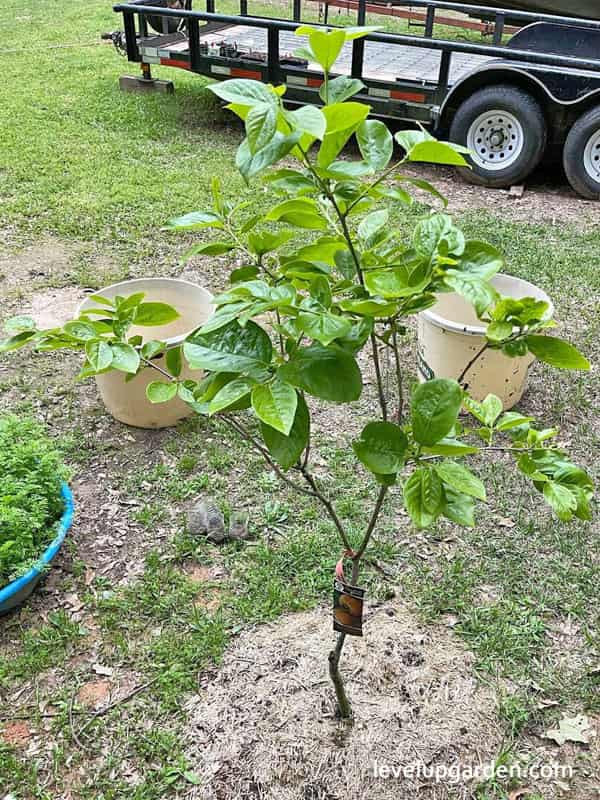
Persimmon Tree bears fruits that are medium-sized, faint, square. These four-cornered fruits ripen in late fall. It has a dark orange skin and pale orange flesh.
The female flowers of this tree are slightly fragrant, single-petaled with four whitish petals, about 0.5 inches long. Its male flowers are pink and bloom in clusters of three. They may or may not bloom on the same tree. It also produces seedless fruit without the need for pollination.
Its leaves have a color of glossy green. It can grow to a length of 4 to 5 inches. The color changes from yellow to orange in fall.
III. Growing and Care Conditions
Fuyu Persimmons grow easily anywhere with well-drained soil. It should be planted in a sunny location, but can also be grown in bright shade in hot regions. Once planted, they are very resistant to drought and easy to grow.
It does not require special pruning, but can be trimmed to size if necessary. It is usually free of pests and is drought tolerant. You can harvest this wonderful fruit in a few years with little care.
Planting
The Fuyu Persimmon is a fruit tree native to the Orient. The Greek Homer is said to have mentioned this tree in his “Odyssey,” hence its aliases such as “fruit of the gods”, “pear of the gods,” and “tree of the nettles. There are many varieties of persimmon trees, but they all have one thing in common, when picked early, the fruit turns sour.
However, when these fruits are fully ripe, they are a delicious treat. Fuyu Persimmon Tree is a self-pollinating tree, but it is known to produce higher yields when two trees are planted close together. This tree can tolerate zones 7 to 11, requires little care, and is very beautifully decorated with red and orange foliage in the fall. When fully established and mature, a single tree can produce 300 pounds of fruit.
Persimmons are widely adaptable to a wide range of soil types. Once planted, they are tolerant of drought. Choose a location that is sunny, does not hold water, and does not drain easily. Avoid windy locations.
Light
When planting Fuyu persimmons, choose a sunny location. The quality of Fuyu persimmon fruit will be higher in a sunny location. The tree grows best when it receives at least 6 hours of sunlight per day.
Watering
Ground-planted Fuyu persimmons require deep watering once a week, usually between May and October. Run a garden hose slowly across the base of the tree and leave it in place for 20 minutes. This will allow the water to penetrate deeper.
Potted persimmons need to be monitored to determine how often to add water. They may need to be watered daily during the hot season and once every few days during the cool season. Try lifting the pot as it will be living in it for a while, if the tree is heavy, there may still be enough water in the soil. However, if it is light, water the plant.
Fertilizer
When new shoots begin to appear on persimmon trees, apply an organic fertilizer such as 10-10-10. This is usually in late winter or early spring. Persimmon trees need the most nutrients when they are producing new shoots.
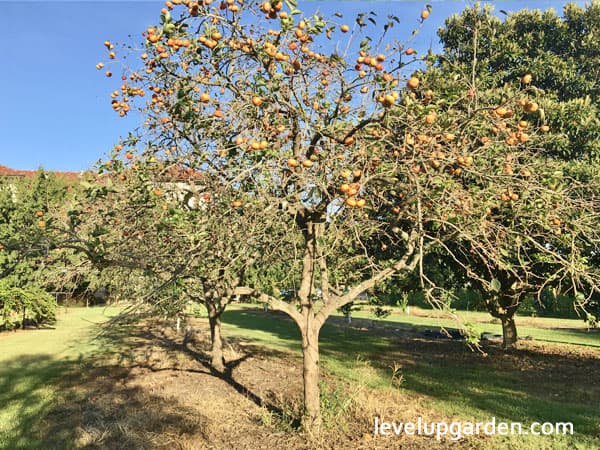
Fertilization is also effective during the fruiting process, as nutrients increase the energy of the tree. The easiest way to determine the amount of fertilizer to apply is to measure the thickness of the persimmon trunk. For every inch of diameter, one pound of fertilizer is needed.
Soil Requirements
Soil drainage is very important for Fuyu persimmon trees. Fuyu persimmons prefer plenty of water, but do not grow well with stagnant water. Therefore, sandy loam soil is often suitable.
Pruning
When thinning, wait at least one year for growth. When pruning a Fuyu Persimmon tree, the primary concern is to improve light and air circulation. In summer, when the new shoots are about 30 centimeters long, select six to eight shoots to serve as the tree’s main scaffold.
Moreover, try to make the tree look like the face of a wall clock, with lots of space for branching. The lowest branches should be about 28-32 inches from the ground. All other branches should be removed at the same time as pruning.
The following winter, cut back about one-third of the length of the scaffold branches. This cut back should be made just beyond the outward facing buds on the branch. During dormancy, cut off dead or damaged branches to maintain health.
Pests and Diseases
Like many fruit trees, Fuyu Persimmons can be plagued by pests and diseases. One of these is persimmon phylloxera. This insect feeds on persimmon leaves, which can cause deformation of the leaves and impair the growth of the entire tree.
There are other insects to watch out for, including the persimmon tinea worm and the Japanese sweet potato beetle. Problems such as root rot, fruit drop, and crown hemorrhage may also occur. Use oil to remove these pests.
Pollination
The most convenient aspect of the Fuyu persimmon is that it is self-pollinating, eliminating the need for another tree to bear fruit. However, there are several advantages to planting multiple Fuyu persimmon trees. Planting more than one tree is likely to yield more delicious fruit. Fuyu persimmon trees typically use pollinator insects, such as honeybees, to carry pollen.
IV. Uses
The Fuyu persimmon tree is known to be very special. Unlike other persimmons, this persimmon can be eaten while it is still hard and tasty. If you like the taste of persimmons but do not like the soft flesh of common persimmons, you will be very pleased because this persimmon can be eaten as soon as it turns orange.
With its manageable size and large number of fruits, the Fuyu persimmon is not to be missed. This variety, Diospyros kaki ‘Fyu’, is a very popular variety that grows to about 12 to 15 feet tall and offers beautiful orange fruit with a sweet taste and pleasant texture. The foliage is also brightly colored in the fall.
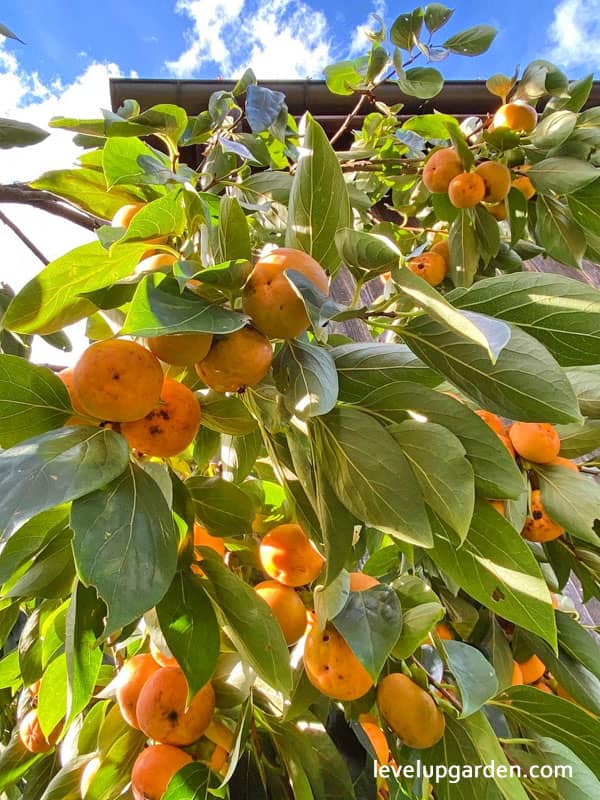
In the fall, the foliage is also brightly colored, followed by a flurry of flat, dark orange edible persimmon fruit the size of a medium-sized tomato. Moreover, Fuyu Persimmons Tree fruits without the need for pollination. When the leaves fall, the entire canopy of the tree is covered with brightly colored fruit, which is mesmerizing to behold.
The fruits attract wildlife and can remain on the tree for weeks, like Christmas ornaments. The fruit is seedless, mild-tasting and sweet, and can be eaten hard like an apple or aged to a soft, sludgy texture. Recognized for its fruit and its attractiveness to wildlife, the Japanese persimmon is an excellent ornamental fruit tree and an excellent specimen.
V. Why should you buy this plant
These Fuyu persimmons are characterized by their sweetness and lack of astringency. There is no need to lay out persimmons for weeks waiting for them to ripen. They can be eaten right off the tree like a sweet apple. Fuyu persimmons are the most popular persimmons in the world, accounting for 80% of the market.
However, a mature persimmon tree can produce over 300 pounds of fruit. It typically begins to ripen in September and can remain on the tree until the end of the year. Fuyu can then be stored for several months.
This self-pollinating fruit tree will be the pride of your garden. In the fall and winter, ripe and delicious persimmons will delight your taste buds. They can also be used in a variety of recipes especially desserts such as cookies and pudding.
Moreover, Fuyu persimmons are high in vitamins A and C, potassium, fiber, and amino acids. They can be kept in the kitchen for several weeks before eating. The easiest way to preserve them is to leave the fruit on the tree for several months and harvest them when you are ready. In addition to the large quantities of fruit, you can also enjoy the dark green leaves turning red, orange, and yellow.
Nevertheless, despite their magnificent appearance and fruit, they are surprisingly easy to care for. Think of it as the ultimate “pick and eat” tree. The planting is easy, and only one watering is required. Fuchu does not like water, however, it likes all climates and can tolerate drought. Persimmons like any well-drained soil.
Nursery Fuyu persimmons are grafted and will produce fruit within a year. Even if planted from seed, it can take up to nine years to bear fruit, so you can never go wrong. Although it takes a long time to grow, the fruit does not spoil easily.
With Fuyu Persimmons, insects and diseases are rarely a problem. A small amount of fertilizer is all that is needed to keep the tree happy. Severe pruning is not necessary, just adjust the size and prune where branches cross or dangle. It’s a simple job and yields a lot, forget about the expensive persimmons at the supermarket. These persimmon fruits will feed you and all those who come to see your beautiful tree.
This ancient and secretive Japanese variety of persimmon contains almost none of the bitter tannins found in other common varieties of unripe persimmons. This means that the delicious apricot/plum/peach flavor of your favorite persimmon is in the more robust fruit. So, not only are they more convenient, but you don’t have to wait for days so they can reach just the right ripeness for eating. You can simply pluck one directly from the tree and enjoy it.
VI. FAQs
Do I need two trees for Fuyu persimmon?
Fuyu persimmons are self-pollinating, so you do not need another tree. In my case, it bore fruit at the age of 3. If the tree is younger than that, please wait a little longer.
How long does it take for a Fuyu persimmon to bear fruit?
Persimmons do not need to be exposed to frost to taste good, but they do need enough time to finish ripening after harvesting. A persimmon takes seven years to bear fruit and may continue to bear fruit for decades afterwards.
How tall is a Fuyu persimmon tree?
Mature Fuyu persimmon trees rarely reach more than 15 to 20 feet tall and 18 to 20 feet wide. Regular pruning will help keep them at a manageable size.
Can Fuyu persimmons be grown in pots?
If the tree is not cold hardy, it can be grown in containers and stored in an unheated basement or garage during the winter. If potted, replant in new soil every two to three years.
